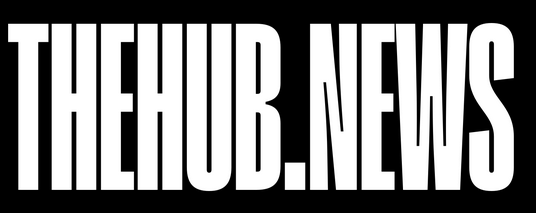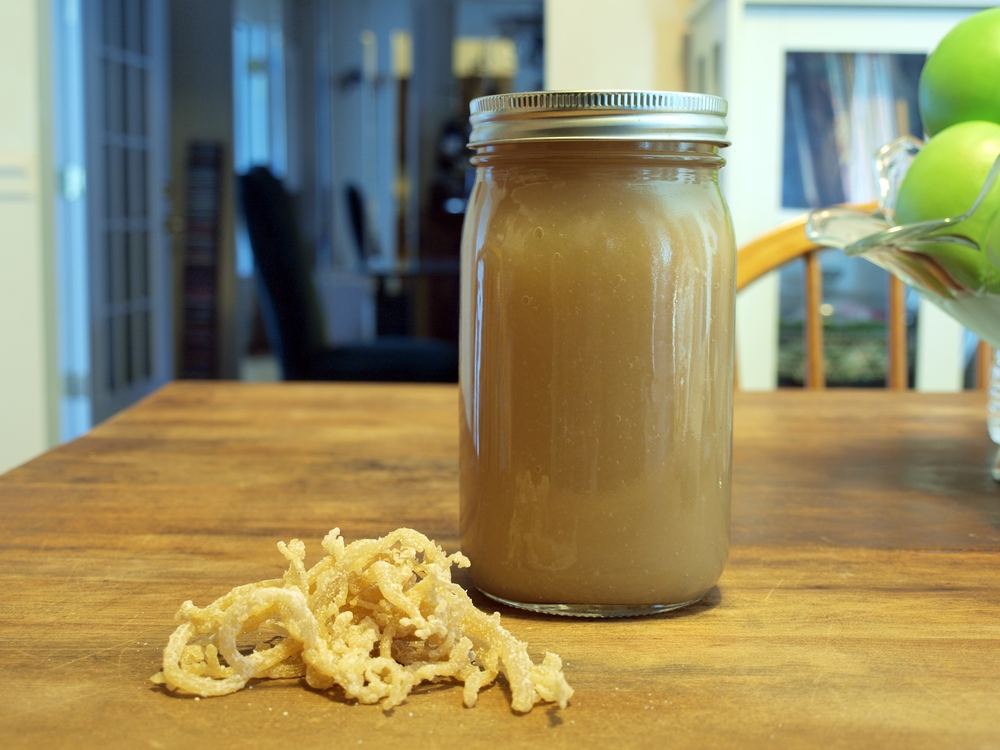Sea Moss is an amazing superfood and it’s been gaining more popularity in recent years since the pandemic.
Many celebrities across the globe have been jumping on the sea moss health wagon. ABC’s Shark Tank recently featured Kevin Hart as a guest Shark, and Kevin invested in a contestant’s company that sold sea moss gel as their main product.
Everyone from Kim Kardashian, Meek Mill, NLE Choppa and many more are posting on social media about consuming sea moss and how beneficial it is to overall health.
Pinterest, a visual discovery engine, stated that its 2020 trends report had a 380% increase in searches for “sea moss benefits”. Before being able to share information to millions in an instant via social media, the champion of sea moss was a Honduran medicine man of marvel named Dr. Sebi. He was known for curing thousands of people from diseases and taught many others to practice natural ways of living to prevent illnesses.
As for the benefits of sea moss, we can start with it having 92 out of the 102 minerals and vitamins that the human body needs. Some of the minerals are zinc, b-complex, iodine, potassium, sulfur, iron and sodium. It supports the immune system and is rich in amino acids, antioxidants and vitamin c. Sea moss is known to increase energy, detoxifies your body, is effective for fighting prostate enlargement, reduces the impact of radiation poisoning, and has many other benefits when consumed daily consumption.

Sea moss vs. Irish moss; which is the correct term, and is there a difference between them?
Most of the time, you will hear people use the two terms interchangeably. Even some sellers of the product don’t know that there is a difference between them. Sea moss is a thicker seaweed that is more stick-like. Its scientific name is Eucheuma and Gracilaria, and it’s grown in tropical climates like Southern Africa, the Caribbean and Southern Asia. Sea Moss can be found in an assorted amount of colors, with some of the more popular ones being purple and gold.
There are a variety of rare blue and/or green colors as well. Sea moss counts for around 80% of the worldwide market and Irish moss is more of a challenge to obtain compared to sea moss, especially when many of the stores/wholesalers that sell it are using their names interchangeably.
The name Irish Moss is said to have come about from the Irish turning to the moss during the 1845-1849 Irish Potato famine. Many Irish used the moss to nourish them and save them from starvation. This particular type of sea vegetable is mainly in Ireland and the scientific name is Chondrus crispus. It has a flat pan-like shape. Irish sea moss is said to be the only one that contains carrageenan, an expectant or demulcent that assists in curing sore throats, coughs, colds and a variety of chest problems.
When extracted, it’s been used as a thickener for processed foods like ice cream, jelly, soy milk/hemp milk, and even infant formula. Lately, in certain articles, carrageenan has been getting tied to major health challenges and even labeled a carcinogen. “When carrageenan is processed with acid, it creates a substance called degraded carrageenan, or poligeenan, which carries significant health warnings.”
Consuming carrageenan in its natural form in Irish sea moss is not to be compared to the industrial byproduct you get when carrageenan is processed. Although Irish moss and sea moss are two different sea plants, they are both extremely beneficial to our bodies. Once again, we find in nature we need, to the tune 92 minerals of the 102 that we need to live an optimal life.
*Reminder to always consult your physician*
Words by Kaba Abdul-Fattaah








